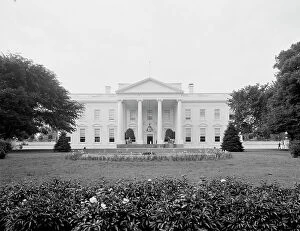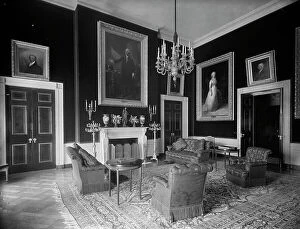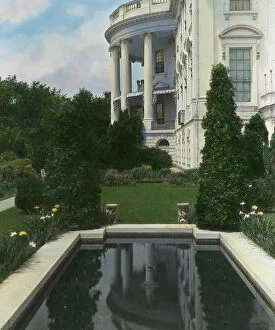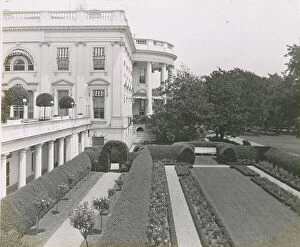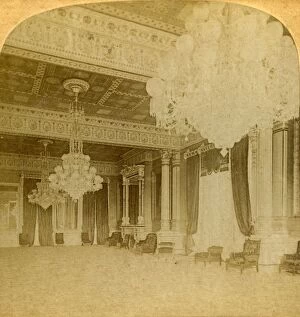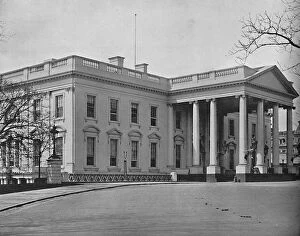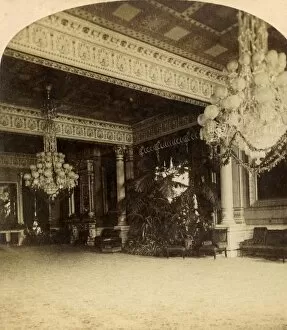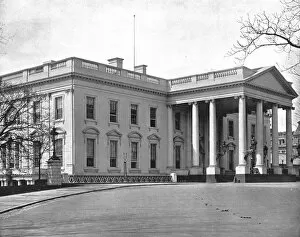James Hoban Collection
James Hoban (1762-1831) was the brilliant architect behind the iconic South Facade of the White House in Washington, D. C
For sale as Licensed Images
Choose your image, Select your licence and Download the media
James Hoban (1762-1831) was the brilliant architect behind the iconic South Facade of the White House in Washington, D. C. Completed in 1800, this masterpiece stands as a testament to his skill and vision. The night view of this magnificent structure showcases its grandeur and timeless beauty. Hoban's talent extended beyond just one side of the White House; he also designed the North Facade with equal finesse. These two facades, both crafted by his hands, have become symbols of American democracy and power. The Presidents Mansion, as it was known back then, exuded an air of elegance and sophistication. In c1900, we catch a glimpse into its interior through the East Room captured by an unknown creator. This room served as a gathering place for important events and ceremonies throughout history. As we explore further inside this historic residence, we step into the Reception Room—a space that radiates warmth and charm. Its exquisite details speak volumes about Hoban's attention to detail and ability to create spaces that are both functional and aesthetically pleasing. The East Room of the White House is another marvel brought to life by James Hoban's genius. This vast chamber witnessed countless significant moments in American history—inaugural balls, state dinners, performances—all within its hallowed walls. In c1897, an unknown creator immortalized The White House from afar—a sight that continues to inspire awe even today. It serves as a reminder not only of Hoban's architectural prowess but also of America's enduring legacy. Finally, we delve into Hoban's original plans for the White House—an insight into his creative process during the 18th century (1908). These blueprints reveal his meticulousness in designing every aspect of this national treasure—the layout carefully thought out to accommodate presidential needs while embodying gracefulness at every turn. James Hoban left an indelible mark on American history through his architectural masterpiece, the White House.

